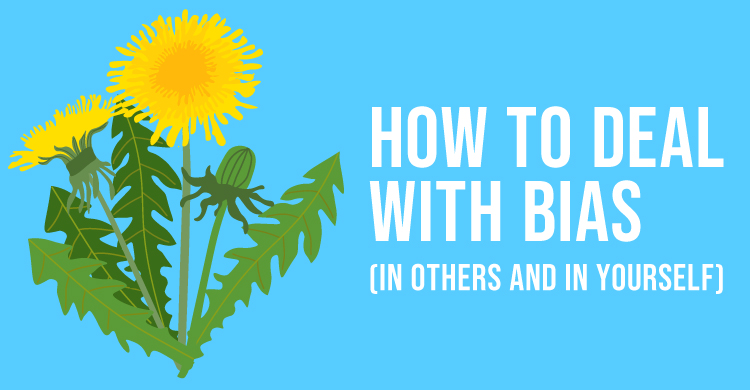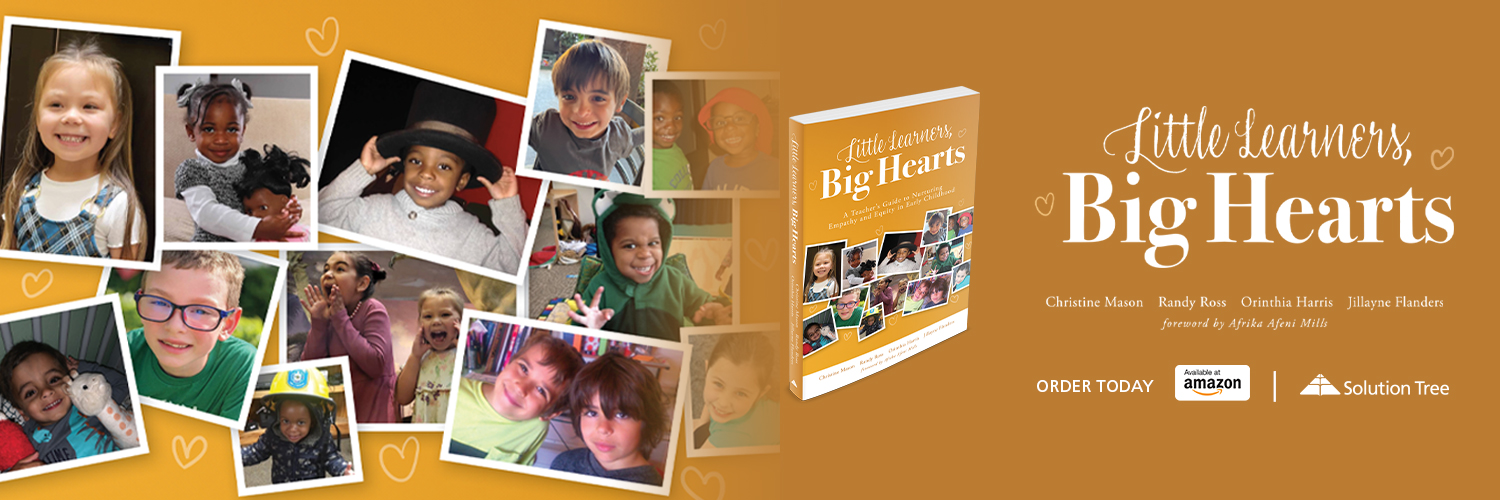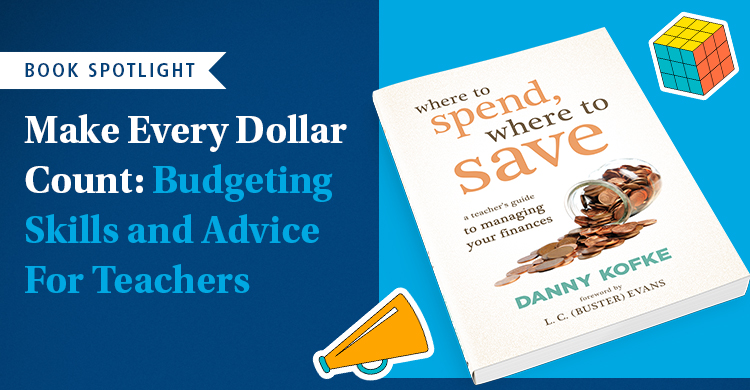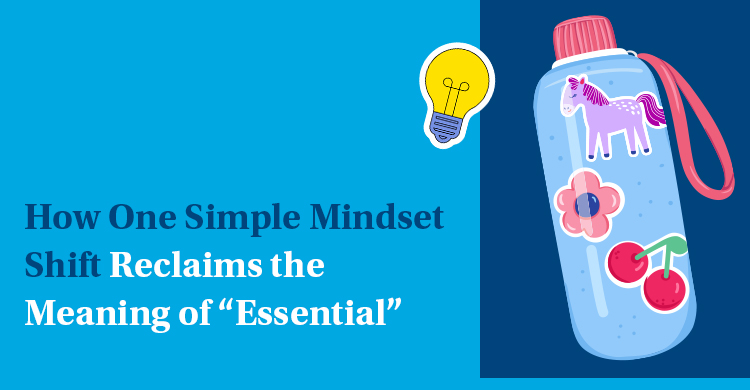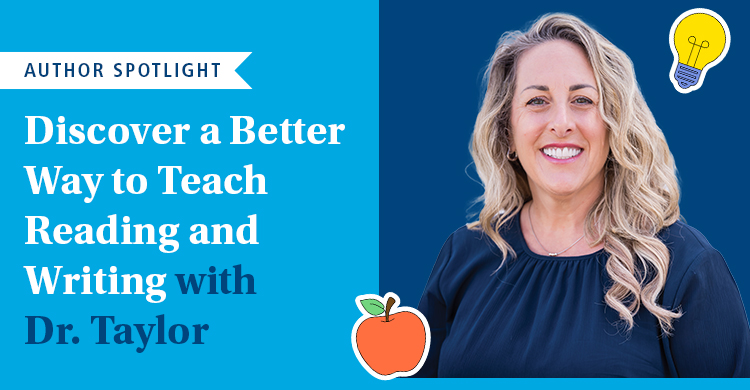Biases of many flavors exist both around and within each of us.
But what is bias? And is it the same as prejudice? Well, not exactly. According to Little Learners, Big Hearts: A Teacher’s Guide to Nurturing Empathy and Equity in Early Childhood, “Bias is an inclination for or against a person, an idea, or a thing…. Prejudice is a preconceived opinion … not based on actual experience or reason. Bias may involve both positive and negative attitudes.”
For example, I am personally biased for children—all children. Educating and supporting children of all ages has been my passion for over 50 years. And I am biased against anyone who harms children, knowingly or unknowingly.
We all have biases and biases are everywhere—which is why it’s so important that we understand where these ideas come from and how they affect us as educators of impressionable children.
Where does research say bias and prejudice come from?
Neuroscientists have learned that the developing brains of young children, infants, and toddlers need to categorize experiences to make sense of the world around them. This includes using their visual, auditory, and other senses to organize their encounters with differences. For example, young children will begin to distinguish between the voices of their guardians, the temperature of things, or the color of faces.
So far so good. Yet other inputs (from family, teachers, peers, media) may offer explicit judgments—good or bad, beautiful or ugly, safe or unsafe—about those categories. This is where negative biases can take root like weeds in the garden.
“You’ve Got to Be Carefully Taught,” a well-known song from the Broadway musical South Pacific, includes the lines “You’ve got to be taught before it’s too late/before you are six or seven or eight/to hate all the people your relatives hate/you’ve got to be carefully taught.” These lyrics rang so true that after the musical debuted in 1949, widespread opposition arose to both the song and the play itself.
In our society, prejudice or negative biases are based on attitudes about perceived differences in categories like gender, skin color, ethnicity, language, immigrant status, body weight—and sadly, the list goes on and on.
Understanding and uprooting implicit bias in American schools
We all have biases of some sort. We may or may not be aware of them. How well do we know ourselves? How often do we, as educators, look deep within ourselves to understand the sources of our attitudes toward students and families, our classroom practices, or curriculum choices? Obviously, we are aware of our conscious reasons for certain decisions, such as administrators’ expectations, school policies, or simply “this is how we’ve always done it!”
But we may remain unaware of unconscious or implicit biases that influence our attitudes and actions, which in turn impact schools across the country. For example, extensive research reveals how disproportionate discipline is often rooted in implicit racial and ethnic bias, from preschool through high school. This then leads to the preschool-to-prison and school-to-prison pipelines.
Implicit bias is not just about race and ethnicity. Consider your and your colleagues’ attitudes about young women and STEM, about students who speak a language other than English, about LGBTQ students, or about students from different religions. If these unconscious attitudes and stereotypes show up, how can we change them?
How do we challenge our unconscious biases?
The first step to challenging an unconscious bias is to build up the courage to investigate and interrogate ourselves.
It takes bravery to dig deep. After all, in the course of our examination, we may encounter realizations that challenge our own self-image as open-minded, caring educators. Avoidance of potentially disturbing news, especially about oneself, is human. Yet commitment to growth calls on us to gather our courage to take the next step.
If you’re having trouble with step one, here is a mindfulness activity that might help: Take a minute to breathe deeply and slowly. Clear your mind of unrelated thoughts. Ask yourself, “What am I fearful of? Why am I fearful?” Then repeat to yourself multiple times, “I have the courage to investigate any biases I may hold.”
The second step is to acknowledge the possibility of having implicit biases. Remember, you can keep whatever you learn about yourself to yourself.
The third step is to take the Implicit Association Test (IAT) from Project Implicit. The IAT is not a test with right and wrong answers. Rather, it is a set of online experiences that help us uncover biases of which we have remained blissfully unaware. The IAT has numerous options covering many types of bias. Take several tests. Retake them a few times, since your results may differ depending on factors such as how tired you are, which may slow down your responses. Response time is critical to the IAT.
Now that you have uncovered certain biases, the fourth step calls on you to change your attitudes and actions. I find that now I more quickly “catch myself” with thoughts and reactions I know are rooted in common biases. I say to myself, “There it is again!” Learning to name one’s biased thoughts is a giant step toward not acting in biased ways.
Explicit and implicit biases among educators clearly exist, but there are ways to defeat them!
A 6-step response to negative bias in other adults
When we hear our family, friends, colleagues, or public figures express slurs and stereotypes, we may be stunned and not know how or even whether to respond.
While I was leading a training several years ago, a white teacher at a high school of mostly students of color asserted that “These kids will never get anywhere in life. They are all just lazy and their parents don’t care about education.” Some teachers and staff members in the group nodded in agreement, while others showed obvious discomfort with what their colleagues said. And yet, no one aside from myself challenged this teacher’s prejudice.
Recognizing that it can be difficult to challenge colleagues’ biases, what could others have said? When responding to another person’s prejudice, the overall goal is to start a dialogue while making clear you disagree with the assertion.
Here are a few practices I have found effective:
- Take a few deep, calming breaths before responding.
- Ask the person to explain more fully what they mean.
- Point out the stereotypes contained in their biased comments.
- Ask the person to give concrete examples that support their stereotypes.
- Offer counter examples that break down the stereotypes.
- Agree to continue the conversation if others are willing to do so.
Interested in learning more about how bias can affect the educational landscape? Check out these hand-picked resources for continued learning.
Randy Ross has over 50 years of experience as a writer, teacher, administrator, coach, and facilitator of dialogue and professional learning. She has worked with community, school, district, and state education leaders for nearly 30 years. She has co-authored two books with Solution Tree: Advancing Empathy and Equity in Early Childhood Education and Little Learners, Big Hearts.


